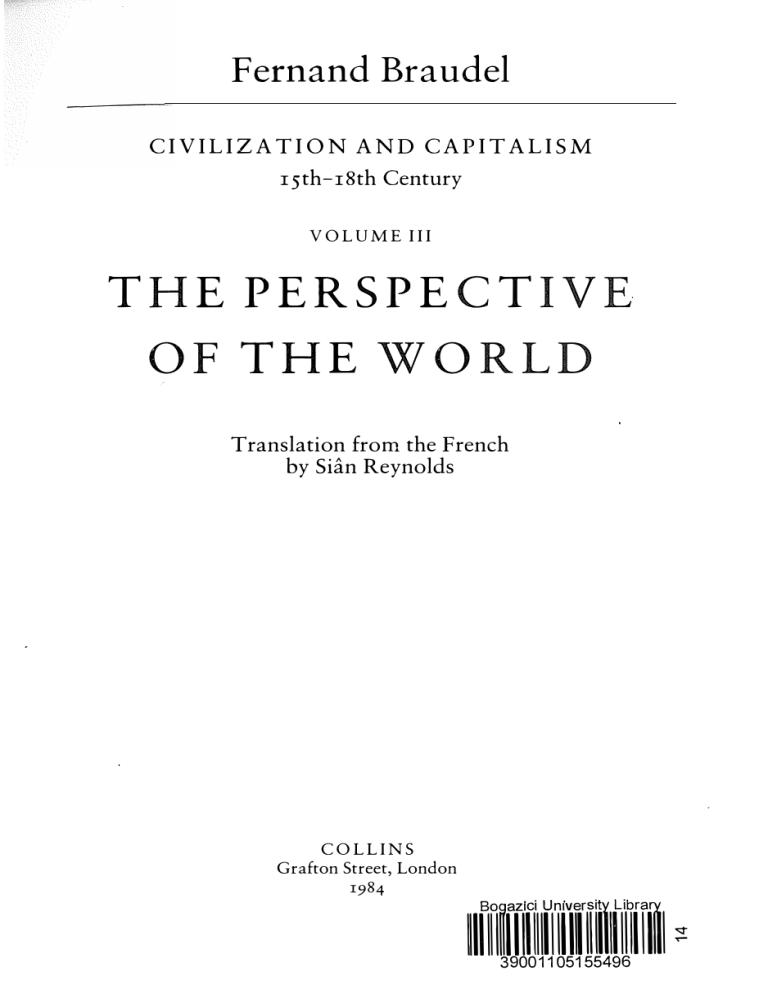


Although the WMO applies a standard definition of tropical cyclone intensity (10-minute mean of the 10-meter wind), many countries have developed their own measures of intensity. Since tropical cyclones do not observe political boundaries, the WMO has designated official forecasting centers clarify regional forecasting responsibilities. Tropical cyclone monitoring occurs in almost every country impacted by these systems. Although rare, systems resembling tropical cyclones can occur in the South Atlantic Ocean and off the subtropical east coasts of Australia and southern Africa.Even so, a few Southern Hemisphere tropical cyclones undergo extratropical transition The extension of the subtropical jet into tropical latitudes in the Southern Hemisphere acts to constrain the tracks of tropical cyclones.Southern Hemisphere tropical cyclones are generally weaker than storms in the North Pacific and Atlantic basins.Indeed, the two most devastating tropical cyclones on record occurred in this region ( Box 8-10 Box 8-10). The high mountain ranges and low-lying coastal plains and river deltas of the Bay of Bengal combine to make this region extremely vulnerable to tropical cyclones. The Bay of Bengal has about five times as many tropical cyclones as the Arabian Sea.These environmental features limit the lifetimes of storms in these regions. The North Indian Ocean (Bay of Bengal and Arabian Sea) is bounded by land to the north and the eastern North Pacific is bounded by cold water to the north.Storms following these long tracks generally undergo extratropical transition Tropical cyclones in the western North Pacific and the North Atlantic can have tracks that extend to very high latitudes.

It is also the region with the largest number of intense tropical cyclones (orange through red tracks) The western North Pacific is the most active tropical cyclone region.Tropical cyclones do not form very close to the equator and do not ever cross the equator.8.1 illustrates some key things about the global distribution of tropical cyclones: Global distribution of observed tropical cyclone tracks from 1851-2006 (where available).įig. Note that the following sections are highly theoretical experience in dynamic meteorology is recommended:įig. Describe the hazards of tropical cyclones particularly those at landfall (storm surge, heavy rain and floods, strong winds, tornadoes, ocean waves) and understand the basic mechanisms for each type of hazard.Describe various mechanisms that lead to extratropical transition.Describe the mechanisms that influence tropical cyclone motion from its precursor tropical wave to its landfall in a midlatitude continent.Describe the links found between inner core dynamics and changes in cyclone structure and intensity.Using satellite remote sensing, describe how you could detect changes in intensity of tropical cyclones.Describe the key storm and environmental factors impacting intensity change.Define the stages of a tropical cyclone lifecycle (wave, depression, tropical storm, tropical cyclone, severe tropical cyclone, decay).Describe ingredients needed for formation or genesis (including subtropical genesis).Identify inner core features such as eye-wall vortices.Identify distinguishing features of tropical cyclones (eye, eyewall, spiral bands, surface inflow, upper outflow).Describe tropical cyclone global climatology (where and when they form, where most form, least, or none form).


 0 kommentar(er)
0 kommentar(er)
